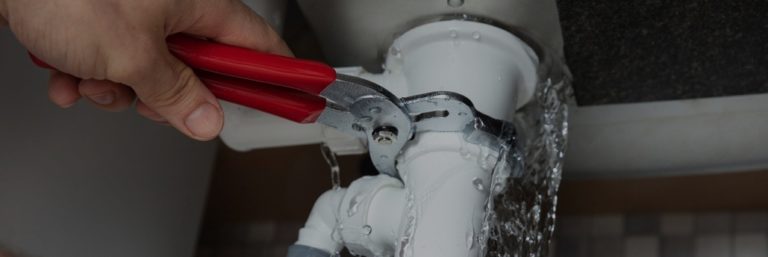Everybody may have their own unique perception in relation to Detecting hidden plumbing leaks.

Early discovery of dripping water lines can minimize a prospective catastrophe. Some little water leakages might not be visible.
1. Analyze the Water Meter
Every home has a water meter. Inspecting it is a proven way that helps you find leaks. For starters, shut off all the water resources. Make certain no one will flush, use the faucet, shower, run the washing equipment or dish washer. From there, go to the meter and watch if it will alter. Given that nobody is utilizing it, there need to be no activities. That suggests a fast-moving leak if it moves. Similarly, if you detect no changes, wait an hour or two and check back again. This suggests you might have a slow-moving leak that can even be underground.
2. Examine Water Intake
Analyze your water costs as well as track your water consumption. As the one paying it, you should notice if there are any kind of disparities. If you detect sudden changes, regardless of your usage being the same, it implies that you have leaks in your plumbing system. Remember, your water bill should drop under the exact same variety every month. A sudden spike in your costs suggests a fast-moving leakage.
A consistent increase every month, also with the same routines, shows you have a slow leak that's additionally slowly rising. Call a plumber to completely examine your residential property, especially if you really feel a warm location on your floor with piping beneath.
3. Do a Food Coloring Examination
When it comes to water intake, 30% comes from toilets. If the color in some way infiltrates your bowl during that time without flushing, there's a leakage in between the storage tank and also dish.
4. Asses Outside Lines
Don't fail to remember to check your outside water lines too. Examination faucets by attaching a garden tube. Ought to water leak out of the link, you have a loose rubber gasket. Replace this as well as make certain all connections are tight. If you have actually got a lawn sprinkler, it will certainly help get it expertly analyzed and also kept annually. One small leak can lose lots of water as well as surge your water expense.
5. Check as well as Examine the Scenario
Homeowners should make it a habit to check under the sink counters and also even inside cabinets for any bad odor or mold growth. These two warnings suggest a leak so prompt attention is required. Doing routine inspections, also bi-annually, can conserve you from a major problem.
Extra notably, if you understand your house is already old, keep a watchful eye on your heating systems, pipes, pipes etc. Check for discolorations and compromising as the majority of home appliances as well as pipes have a life expectancy. They will certainly likewise naturally wear away because of tear and also use. Don't wait for it to rise if you presume leaking water lines in your plumbing system. Call a professional plumber right away so you do not wind up with a terrible mess in your house.
Early detection of dripping water lines can reduce a possible catastrophe. Some tiny water leaks might not be noticeable. Checking it is a guaranteed means that aids you find leakages. One small leakage can waste bunches of water as well as increase your water expense.
If you believe leaking water lines in your plumbing system, do not wait for it to intensify.
WARNING SIGNS OF WATER LEAKAGE BEHIND THE WALL
PERSISTENT MUSTY ODORS
As water slowly drips from a leaky pipe inside the wall, flooring and sheetrock stay damp and develop an odor similar to wet cardboard. It generates a musty smell that can help you find hidden leaks.
MOLD IN UNUSUAL AREAS
Mold usually grows in wet areas like kitchens, baths and laundry rooms. If you spot the stuff on walls or baseboards in other rooms of the house, it’s a good indicator of undetected water leaks.
STAINS THAT GROW
When mold thrives around a leaky pipe, it sometimes takes hold on the inside surface of the affected wall. A growing stain on otherwise clean sheetrock is often your sign of a hidden plumbing problem.
PEELING OR BUBBLING WALLPAPER / PAINT
This clue is easy to miss in rooms that don’t get much use. When you see wallpaper separating along seams or paint bubbling or flaking off the wall, blame sheetrock that stays wet because of an undetected leak.
BUCKLED CEILINGS AND STAINED FLOORS
If ceilings or floors in bathrooms, kitchens or laundry areas develop structural problems, don’t rule out constant damp inside the walls. Wet sheetrock can affect adjacent framing, flooring and ceilings.
https://www.servicemasterbyzaba.com/blog/how-to-detect-water-leakage-in-walls/

As an enthusiastic person who reads about Leaking water lines, I think sharing that piece of content was a good thing. For those who enjoyed reading our article if you please be sure to pass it around. Many thanks for your time. Visit again soon.
Prevent further damage.